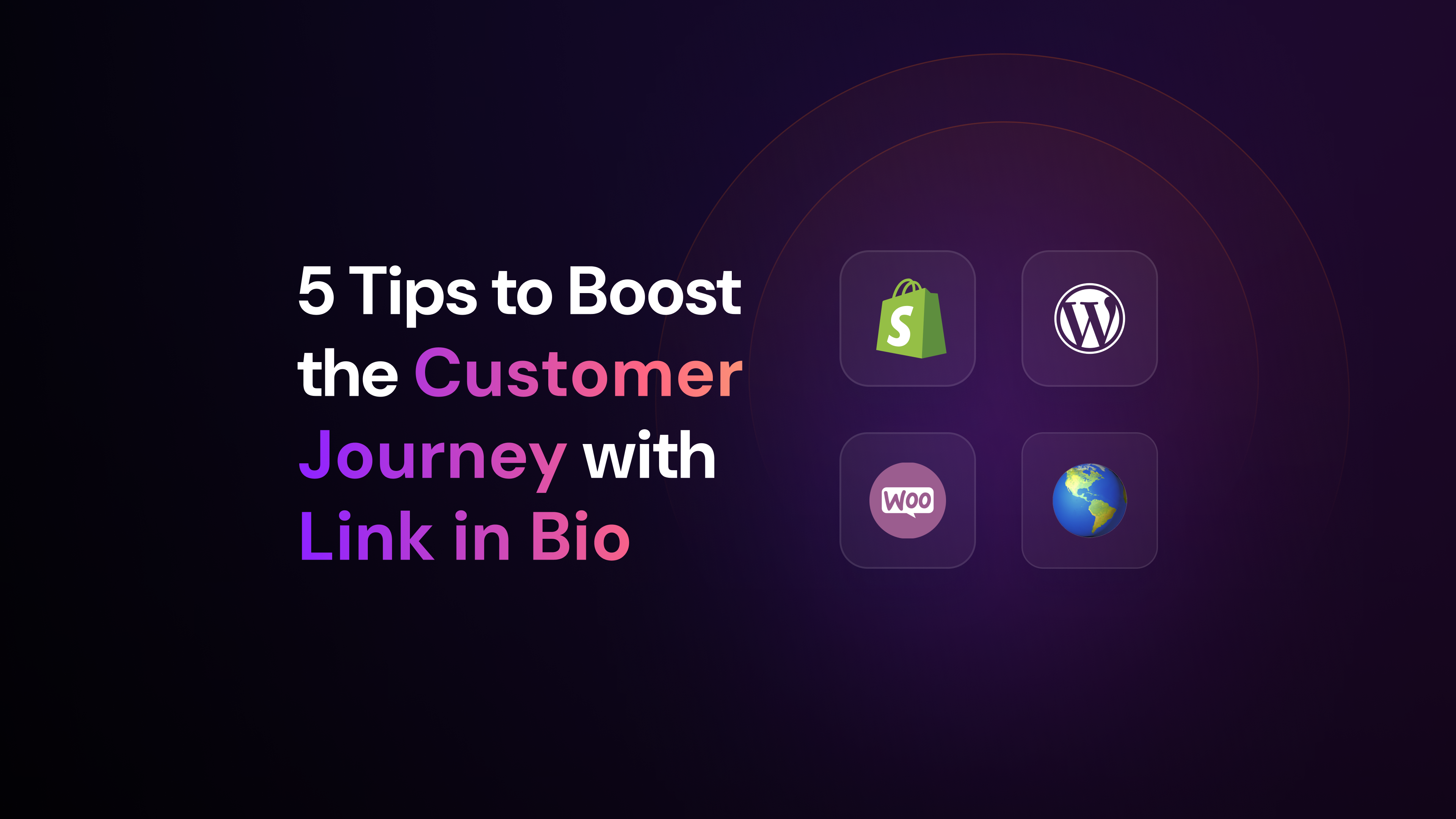You’ve probably noticed how some websites seem to know exactly what you want to read next. It’s not magic; it’s AI-powered feed search at work.
This technology tailors content to your preferences, making your online experience more engaging and relevant.
Let’s dive into how AI-powered feed search works and why it’s transforming the way you consume content.
What is AI-Powered Feed Search?
AI-powered feed search is an advanced technology that uses artificial intelligence to personalize content for readers. It tailors your reading experience based on your preferences, behaviors, and interactions. By analyzing user data, this technology delivers content that aligns with what you’re most interested in.
The process starts with collecting data about your browsing history, clicks, and time spent on various articles. This data is then fed into machine learning algorithms that identify patterns and preferences. For example, if you frequently read articles about technology, the system will prioritize tech-related content in your feed.
Once the data is analyzed, the AI generates personalized content recommendations. These recommendations are not static; they continuously adapt based on your ongoing interactions and feedback. If you start showing interest in a new topic, the AI will adjust your feed to include more content related to that subject.
In essence, AI-powered feed search creates a dynamic and personalized content experience. It ensures that you see the most relevant articles, keeping you engaged and coming back for more. Learn more about how generative AI in publishing is revolutionizing content personalization.

How does AI-Powered Feed Search Work?
Understanding how AI-powered feed search works can help alleviate some common concerns about its complexity and implementation.
Analyzing User Data for Customized Content
AI-powered feed search starts by collecting user data. This includes your browsing history, interactions with content, and stated preferences. Every click, scroll, and time spent on a page provides valuable insights into what you like and what keeps you engaged.
Once the data is collected, machine learning algorithms analyze it to identify patterns and trends. For example, if you frequently read articles about technology, the system notes this preference. It also considers the type of content you engage with most, such as videos, articles, or infographics.
Personalization Engine and Feedback Loop
After analyzing the data, the system generates personalized content recommendations. These recommendations are based on your user profile, which includes your past behavior and preferences. The goal is to show you content that you are most likely to find interesting and engaging. This could be articles similar to ones you’ve read before or new topics that align with your interests.
The system continuously learns and adapts based on your feedback and behaviors. If you start showing interest in a new topic, the AI adjusts your feed to include more content related to that subject. This ongoing learning process ensures that the recommendations remain relevant and engaging over time. Explore how AI-enhanced customer experience can improve user interactions.
Integrating with Content Platforms for Real-Time Updates
AI-powered feed search connects with various content platforms to access the latest information, ensuring you receive recent updates on topics you care about. This real-time integration keeps your content feed fresh and engaging.
What are the Key Components of AI-Powered Feed Search?
The tech behind AI-powered feed search might seem complex, but breaking it down into key components can make it more approachable.
Data Collection and Analysis
AI-powered feed search starts by gathering user data from various sources. This data includes browsing history, clicks, time spent on pages, and interactions with different types of content. The system collects this information to understand your preferences and behaviors. Once collected, the data undergoes analysis to extract valuable insights. These insights help in identifying patterns and trends that are crucial for personalizing your content feed. The more data the system gathers, the better it can tailor the content to match your interests. Learn more about data-driven marketing strategies to enhance your personalization efforts.
Machine Learning Algorithms
Machine learning algorithms play a pivotal role in AI-powered feed search. These algorithms analyze the collected data to identify patterns and make predictions. Two common types of algorithms used are collaborative filtering and content-based filtering. Collaborative filtering looks at the behavior of similar users to recommend content you might like. Content-based filtering, on the other hand, focuses on the attributes of the content you have interacted with to suggest similar items. These algorithms continuously learn and adapt, improving their recommendations over time.
Personalization Engine
The personalization engine is the core component that generates tailored content recommendations. It uses the insights gained from data analysis and the predictions made by machine learning algorithms to create a personalized feed. This engine considers various factors such as your past interactions, preferences, and even the time of day to deliver the most relevant content. The goal is to make your content consumption experience as seamless and engaging as possible. The personalization engine ensures that you see content that aligns with your interests, keeping you engaged and satisfied. Discover the impact of ChatGPT in publishing on content personalization.
Feedback Loop
A feedback loop is integral to the continuous improvement of AI-powered feed search. As you interact with the recommended content, the system collects feedback on your engagement. This feedback includes actions like clicks, shares, and time spent on content. The system uses this information to refine its algorithms and improve future recommendations. The feedback loop ensures that the AI adapts to your changing preferences and behaviors, making the content feed increasingly relevant over time. This continuous learning process helps in maintaining high levels of user engagement and satisfaction.
5 Strategies for Effective Content Personalization
Personalizing content is key to engaging your audience and fostering a loyal community. Here are five strategies to make your content more relevant and impactful.
1. Use Analytics to Track Audience Behavior
Utilize analytics tools to monitor audience interactions with your content. This data helps you identify trends and preferences, allowing you to tailor content to resonate with readers.
2. Leverage User Feedback for Improvement
Encourage comments, surveys, and messages to gather insights into what your users appreciate and want more of. Incorporating this feedback refines your content strategy and delivers what your audience desires.
3. Employ A/B Testing for Content Optimization
Test different content formats, headlines, and layouts to see what performs best with your audience. A/B testing allows you to make data-driven decisions to enhance engagement.
4. Personalize User Journeys with Segmentation
Segment your audience based on behavior, demographics, or preferences to deliver more personalized content. This approach ensures that each user group receives content most relevant to them.
5. Incorporate User-Generated Content
Integrate content created by your users, such as reviews or social media posts. User-generated content builds community and provides authentic experiences that resonate with other users.
How to Implement AI-Powered Feed Search
Implementing AI-powered feed search can enhance how your platform delivers content. Here’s how to get started.
Identify User Segments and Preferences
Start by analyzing your audience to understand different user segments. Collect data on behavior, interests, and engagement patterns to tailor content that aligns with each segment’s needs and preferences.
Define Personalization Goals
Identify what you want to achieve with personalization. Are you aiming to increase user engagement, boost revenue, or improve user retention? Clear objectives will guide the entire implementation process. For instance, if your goal is to increase engagement, focus on metrics like time spent on site and interaction rates. If revenue is the target, look at conversion rates and average order value.
Collect and Prepare Data
Gather relevant user data from various sources. Ensure the data is clean and consistent. Inconsistent or poor-quality data can lead to inaccurate recommendations. Use data validation techniques to check for errors and inconsistencies. Organize the data in a structured format, making it easier for machine learning algorithms to process.
Choose Appropriate AI Techniques
Selecting the right machine learning algorithms is crucial. Consider your personalization goals when choosing between collaborative filtering, content-based filtering, or hybrid methods. Evaluate the strengths and weaknesses of each technique to find the best fit for your needs.
Integrate AI Tools with Content Systems
Integrate AI tools with your content management systems for seamless content delivery. Ensure the AI system can access the CMS to pull and push content recommendations. Use APIs to facilitate communication between the AI system and the CMS. This integration allows for real-time updates and ensures that the personalized content is displayed correctly to users.
Adjust Strategies Based on Feedback and Data
Monitor the performance of your AI-powered feed search using analytics and user feedback. Adjust strategies to enhance user satisfaction and engagement over time. Regularly update the AI models based on new data and user feedback. Optimization involves tweaking algorithms, retraining models, and refining data collection methods.
Benefits of AI-Powered Feed Search
The idea of using AI can seem daunting, but the benefits can be transformative for your platform and user experience.
Enhances User Engagement
Personalized content keeps readers engaged and reduces bounce rates. When you see articles or posts that match your interests, you’re more likely to stay on the page and explore further. This engagement translates into longer session durations and more interactions, such as comments and shares. The AI tailors the feed to your preferences, making the experience feel more relevant and enjoyable. Discover how to grow an engaged audience through personalized content.
Tip: Utilize user-generated content to further boost engagement and create a community-driven platform.
Increases Content Relevance
Delivering content that aligns with reader preferences improves relevance. AI-powered feed search analyzes your past interactions to understand what topics and formats you prefer. Whether you enjoy in-depth articles, quick news bites, or multimedia content, the AI curates a feed that matches your tastes. This relevance makes the content more appealing, increasing the likelihood that you’ll read and engage with it. Combat reader fatigue and news avoidance with highly relevant content.
Boosts Content Discoverability
AI-powered feed search helps you discover new content you might not have found otherwise. By analyzing patterns in your behavior and comparing them with other users, the AI can recommend articles, videos, or posts that are outside your usual scope but still likely to interest you. This feature broadens your horizons and introduces you to new topics, authors, and perspectives, enriching your overall experience. Enhance your platform’s discoverability through content automation.
Improves User Retention
Personalized experiences encourage readers to return, increasing retention. When the content you see feels tailored to your interests, you’re more likely to come back for more. The AI continuously learns from your interactions, refining its recommendations to keep the feed fresh and engaging. This ongoing personalization fosters a sense of loyalty and makes the platform a go-to source for content, whether you’re looking for news, entertainment, or educational material. Leverage real-time audience analysis to keep your content relevant and engaging.
What are the Challenges of AI-Powered Feed Search?
While AI-powered feed search offers numerous benefits, it’s essential to acknowledge the challenges that come with it.
Data Privacy and Security
Protecting user data and ensuring compliance with privacy regulations remain top priorities. You need to collect vast amounts of data to personalize content effectively, but this comes with the responsibility of safeguarding that information. Implementing robust encryption methods and secure data storage solutions is necessary to prevent unauthorized access. Additionally, staying updated with privacy laws such as GDPR and CCPA is essential to avoid legal repercussions and maintain user trust.
Algorithmic Bias
AI algorithms can unintentionally develop biases based on the data they are trained on. If the data reflects existing biases, the AI may perpetuate them, leading to skewed recommendations. For example, if the training data predominantly features content from a specific demographic, the AI might favor similar content, marginalizing other perspectives. Regularly auditing and updating the algorithms can help mitigate this issue. Incorporating diverse data sets and using fairness-aware machine learning techniques can also reduce bias.
Balancing Personalization and Diversity
Highly personalized content can sometimes limit exposure to diverse perspectives. While it’s beneficial to tailor content to individual preferences, it’s also important to introduce a variety of viewpoints to enrich the user experience. Striking this balance involves designing algorithms that not only focus on user preferences but also incorporate a degree of randomness or diversity. This approach ensures that users are exposed to a broader range of content, preventing the creation of echo chambers.
Measuring Effectiveness
Defining and tracking relevant metrics to assess the impact of personalization on user engagement and satisfaction is another challenge. Metrics such as click-through rates, time spent on content, and user retention rates provide insights into the effectiveness of the AI-powered feed search. However, these metrics need to be continuously monitored and analyzed to understand the true impact. Setting up A/B testing and user feedback loops can offer valuable data to refine the personalization strategies. Additionally, considering qualitative metrics like user satisfaction surveys can provide a more comprehensive view of the system’s performance. Just as you would build a healthcare plan for your team, addressing these challenges requires careful planning and execution.
Is AI-Powered Feed Search Worth Implementing?
Personalized content has become a key differentiator in the digital landscape. As a content provider, you know that delivering tailored experiences can set you apart from the competition.
AI-powered feed search can significantly improve user engagement, retention, and satisfaction. When readers find content that matches their interests, they are more likely to stay on your platform longer, interact with more articles, and return frequently. This increased engagement translates into higher retention rates, as users develop a habit of visiting your site for content that consistently meets their needs.
It helps content providers stay competitive and meet the evolving expectations of readers. In a world where users are bombarded with information, standing out requires more than just quality content.
Enhance your content personalization strategy with Arena Community’s AI Feed Search feature. This innovative tool leverages advanced artificial intelligence to deliver highly relevant and engaging content to your audience. By analyzing user behavior and preferences, AI Feed Search curates a dynamic feed tailored to individual interests, ensuring that users receive the most pertinent articles, videos, and updates. Learn more about Arena Community’s AI features in our complete guide.
Engage your audience like never before with Arena.im’s powerful live chat and real-time engagement tools. Sign up now to boost interaction, build community, and elevate your brand experience. Visit Arena.im to explore our pricing plans and get started today.



